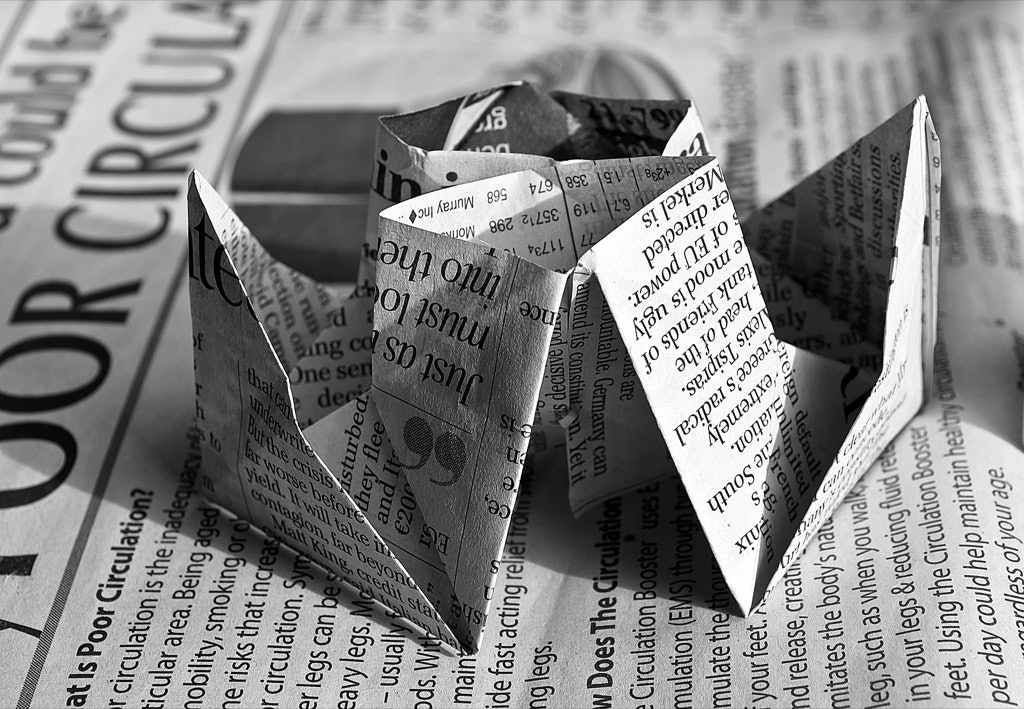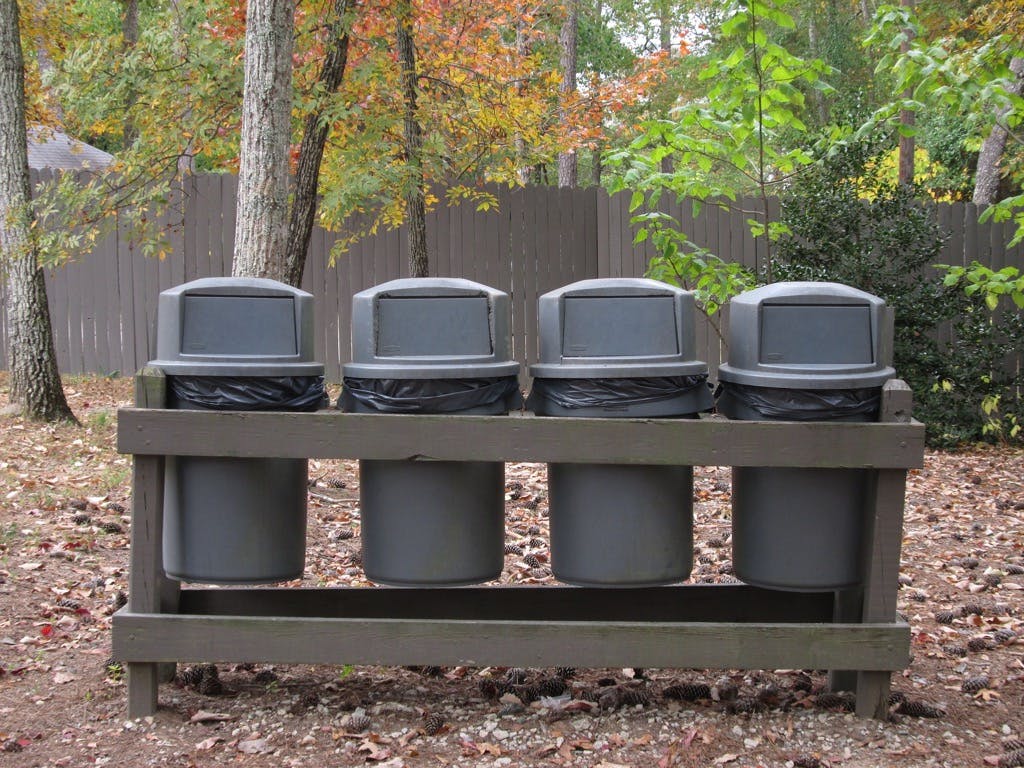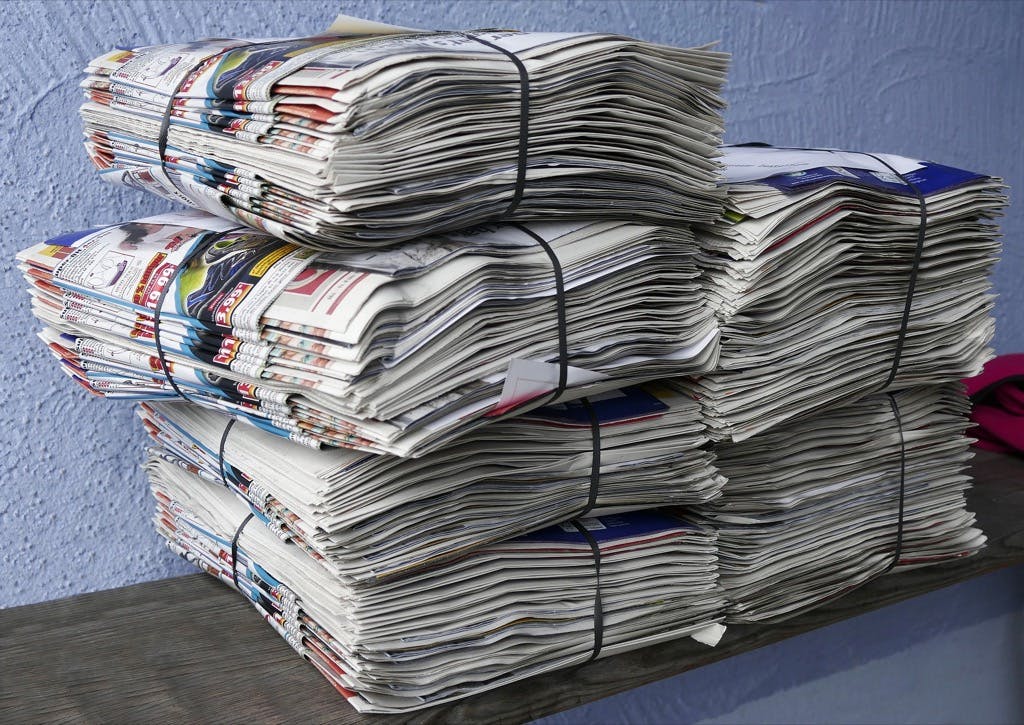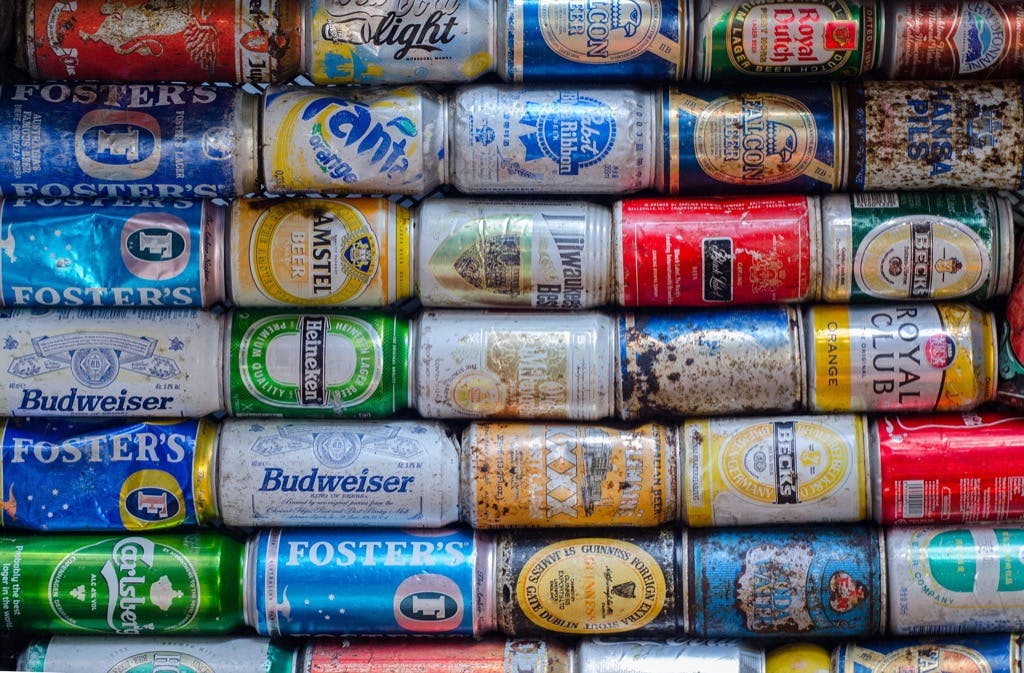Everyday Products Made from Recycled Materials

Many of the products used every day have come from recycled products. The U.S. Environmental Protection Agency estimated that recycling facilities processed over 89 million tons of municipal solid waste in 2014, which accounted for about 35 percent of all waste generated. Here are some examples of what discarded items may become.
Plastics
In the U.S., about 28 percent of all plastic bottles thrown out are recycled. Products made from recycled plastic typically include bottles and containers, and can even become:
- Plastic lumber for park benches
- Picnic tables
- Lawn furniture
- Playground equipment
- Recycling bins
An ordinary plastic bottle can be broken down into a t-shirt or sweater, a fleece jacket, or jacket insulation. In fact, about 10 bottles are enough to make a t-shirt, and 63 to make a sweater. Recycled plastic also makes sleeping bags, backpacks, and carpeting.
Plastic bottle caps can make storage containers, shopping bags, ropes, brooms, and even car batteries. Building insulation, picture frames, and new foam packaging has also come from plastic foam packaging.
The type of plastic and the process it must endure determines whether or not two plastics can mix. You cannot mix items of the same type at times, such as shopping bags and detergent bottles. Clear plastic is more valuable because colored materials are less versatile. Small plastic bottles are better for making sleeping bags and carpets, while heavier milk jugs and detergent containers are suitable for producing plastic lumber, buckets, and even stadium seats.

Paper Products
Instead of throwing an old newspaper away, it can become:
- Building insulation
- Telephone directories
- Construction paper
- Paperboard
- Kitty litter
- Sheetrock
- Countertops
- Paper plates
Recycled magazines can become newspapers, directories, and paperboard. The paper products you use in your office can become facial tissue, toilet paper, and new paper products.
Corrugated cardboard may be a nuisance to handle and even more so to fold up and throw out. It is, however, a versatile recyclable material. This material can make new paper bags, paperboard, and cardboard.

Metal
Metal is a tough material to recycle, but it can create hundreds of new products. The steel and tin in construction materials, metal cans, bike and car parts can contain recycled materials themselves. Incredibly, it takes 95 percent less energy to make a can from recycled aluminum rather than manufacture a new one from scratch.

Glass
Glass is an extremely versatile material and can be reused indefinitely. New jars and bottles, and even fiber glass can be created from any type of used glass container. When finely ground up, glass can become house bricks with a smooth surface.
Other Products
Simply recycling materials can create a surprisingly large number of items. Businesses even recycle hotel bar soap. Because you leave behind most of the soap from the hotel shower, businesses have found a way to clean and remake the soap you wasted into more soap.
Sporting goods are often made from recycled materials too. The unused rubber from tennis balls is used to make two million extra balls per year. You can reuse aluminum many times, like glass. For example, thumbtacks or license plates can become aluminum baseball bats. Plus, anything made from aluminum is rust-proof and heat-resistant. Highway asphalt is another material that is made from recycled products, like ground-up roof shingles.
Therefore, a nearly uncountable number of items in everyday life may have been something else at one time. This is something to think about when taking an extra minute to separate recyclable materials from waste.
Sources: Thebalance.com, Recycleyourplastics.org.
